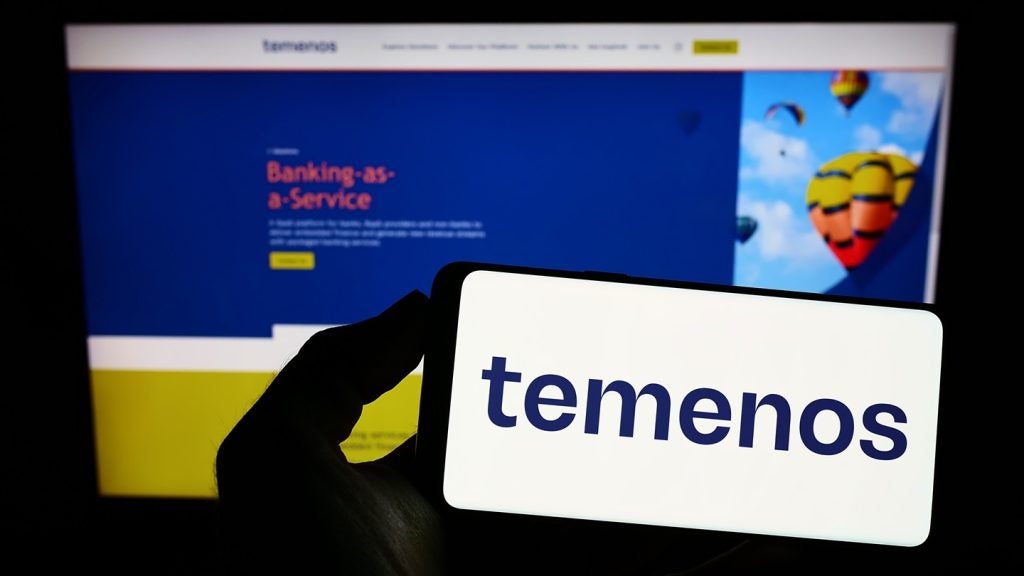The Federal Reserve Board, Federal Deposit Insurance Corporation (FDIC), and Office of the Comptroller of the Currency (OCC) have proposed a new rule to restrict the interconnectedness of large banks and lower impact in the event of their bankruptcy.
Under the existing rule, global systemically important banks (GSIBs) are mandated to issue total-loss absorbing capacity (TLAC) debt.
The move is aimed at ensuring that GSIBs have sufficient equity in place to pass losses to investors in case of failure, instead of having to opt for a taxpayer bailout.
However, the regulators now feel that this interconnectedness among large banks would pose a big risk to the financial system as a whole.
As a result, they are now dissuading banks from purchasing TLAC debt heavily from their rivals.
As per the new proposed rule, banks would be required to hold additional capital against TLAC debt.

US Tariffs are shifting - will you react or anticipate?
Don’t let policy changes catch you off guard. Stay proactive with real-time data and expert analysis.
By GlobalDataThe Fed said: “The proposed rule could pose some additional regulatory costs for advanced approaches banking organisations associated with changes to internal systems or processes.
“The agencies expect that the proposal will have the benefit of improving the resiliency and enhancing resolvability of advanced approaches banking organisations in the event that an entity required to issue LTD or TLAC fails or encounters material financial distress.”
The rule also requires banks to publicly report their TLAC debt outstanding.







